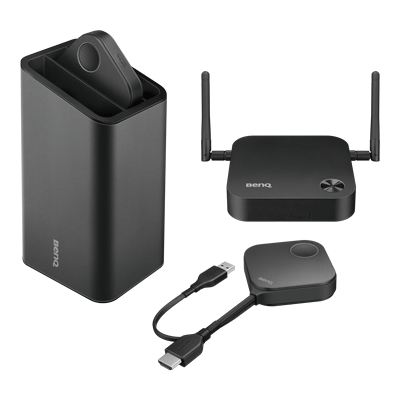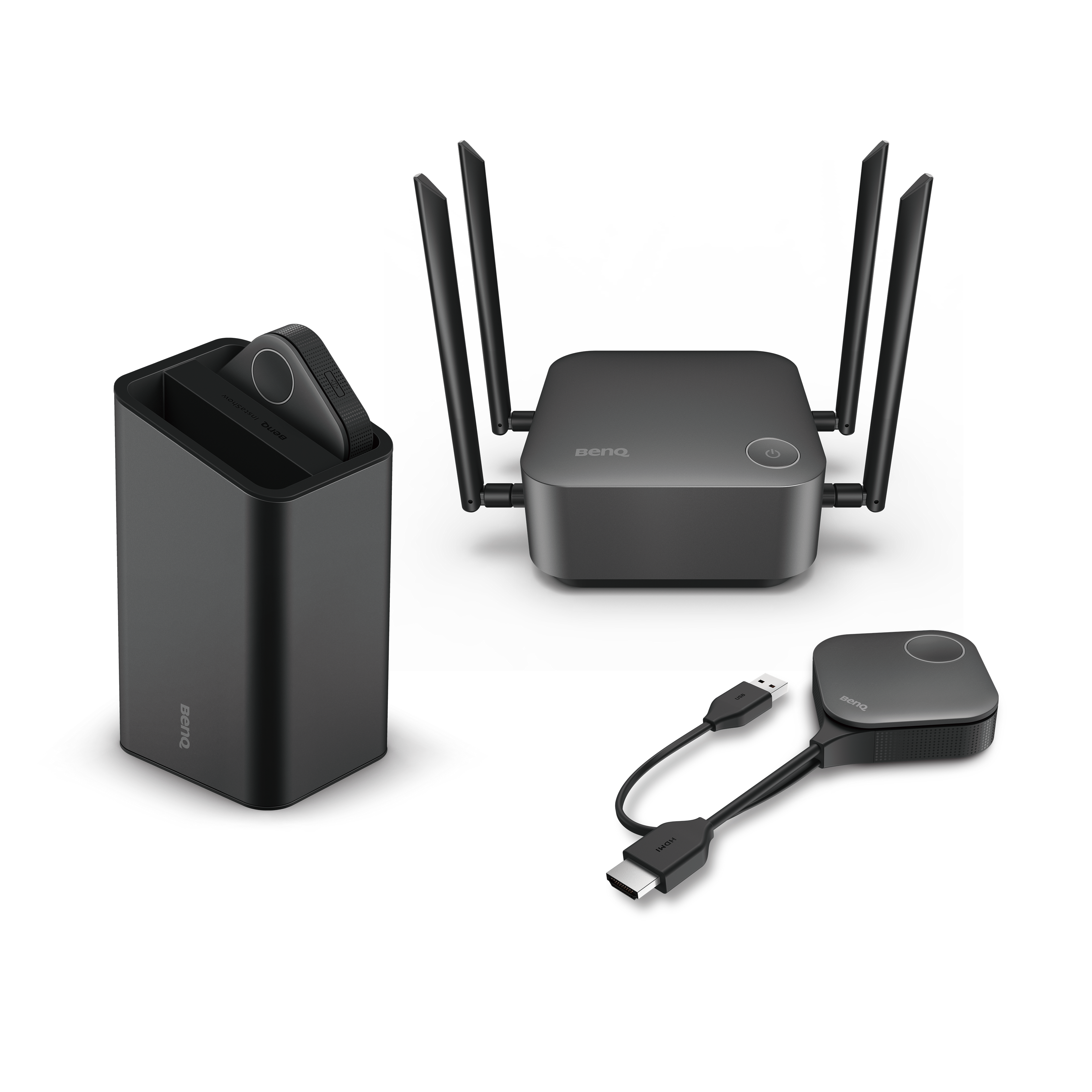How to Connect Your Android Device to a TV Wirelessly?
- BenQ
- 2022-10-12
According to Google I/O ‘22, over 1 billion Android devices were added in the past year alone, amounting to about 3 billion active Android devices worldwide. Chances are if you own one of these you have thought about how to connect your Android device to a TV to share your photos and movies with your friends, and family. Or if at work, then sharing your spreadsheets and presentations with colleagues and customers. Let’s take a look at three approaches to getting this done.

1. Connect Android Devices to TV Using a Cable
Most Android devices have a video output protocol that enables you to connect either a USB-C or an HDMI cable (usually with an adapter) to your television. Once you are connected, just switch the source on your TV to show your Android screen. Some Android devices even have a “desktop” mode that treats your screen like a second monitor to enable you to have a bigger workspace.
2. Screen Mirroring Android to TV at Home
To connect Miracast-compatible Android devices to a TV wirelessly you will need either a Miracast-capable TV or a dongle. Many TV manufacturers like LG, Panasonic, and Sony have started to integrate Miracast into their products.
If you have a smart TV that has built-in Miracast technology, then you can use the Miracast screen mirroring function that is inside your phone or tablet to share your content. There is no need for extra hardware.
Here is an overview of how to connect an Android device to a TV if both have built-in Miracast.
- Make sure your Android device is on the same WiFi network as your TV
- Use the screen mirroring function built-in to your Android device to connect to your TV
- Adjust the source on your TV to ensure that it displays the screen mirrored signal from your Android device
If your Android device has Miracast technology but your TV does not, you can still connect the two. You will need to purchase a solution for wireless screen mirroring like a Miracast dongle or, alternatively, a Chromecast dongle.
3. Screen Mirroring Android to TV in Collaborative Environments
Most offices these days have TVs. So, if you are looking for ways to connect Android devices to your TV in an office, relying on consumer platforms like Miracast and Chromecast can be a challenge and will significantly limit your collaboration capacity. Their limited security features may also present a snooping or phishing risk if you handle sensitive files.
For collaboration in an office space, you will want to make sure you can:
- Enable guests or visitors who want to connect to your TV to use any device, not just an Android one
- Protect your network by keeping visitors on a guest network.
- Protect content being shared on the TV from being viewed outside the room or getting recorded
- Have multiple devices shown on the screen at the same time
Fortunately, there are new wireless screen mirroring systems that have more functionality and are less expensive than ever. With a dedicated wireless screen mirroring device, you can protect your network and content from hackers while making it easy for guests to connect to your TV.
BenQ InstaShow Wireless Screen Mirroring System
InstaShow WDC20/WDC20C is ideal for connecting Android devices to a TV in either a home office or commercial collaboration spaces. For notebooks and Chromebooks, you can simply plug and play. And for an Android phone or tablet, the system enables you to use your built-in Miracast screen mirroring system without downloading any software or apps.
InstaShow WDC20/WDC20C is ideal for connecting Android devices to a TV in either a home office or commercial collaboration spaces. For notebooks and Chromebooks, you can simply plug and play. And for an Android phone or tablet, the system enables you to use your built-in Miracast screen mirroring system without downloading any software or apps.
Both InstaShow WDC20 and InstaShow WDC30 support four different devices on screen at the same time, even on a TV without a picture-in-picture feature.
Conclusion
To sum up, there are three main ways to connect Android devices to a TV. You can use a cable, Miracast, or a screen sharing system. However, you might need to take flexibility and security into consideration based on your environment and needs. Click the button below to take a look at BenQ’s wireless screen mirroring system for more info.
Try InstaShow for FREE Today!
We will contact you as soon as possible to get you set up.
Recommanded Articles
-
Trends & Knowledge
How to Connect Your Laptop to TV? HDMI and Wireless
The easiest way to connect a laptop to a TV is with HDMI cable. You can also choose to connect wirelessly. We explain both wired and wireless options.
2022.08.18 -
Trends & Knowledge
How to Wirelessly Connect Your Phone to a TV
Connecting your phone to TV wirelessly with Chromecast or Airplay is easy. Learn more about screen mirroring solutions from laptop to TV.
2022.06.10 -
Trends & Knowledge
Is Screen Mirroring Safe?
Using screen-mirroring devices for presenting wirelessly is common, but is it safe and secure? This article addresses the three types of major screen mirroring security risks.
2022.05.13

